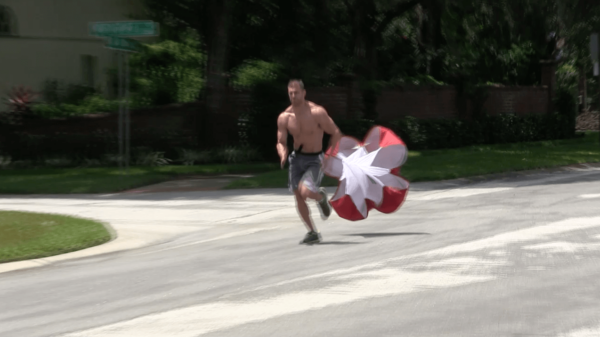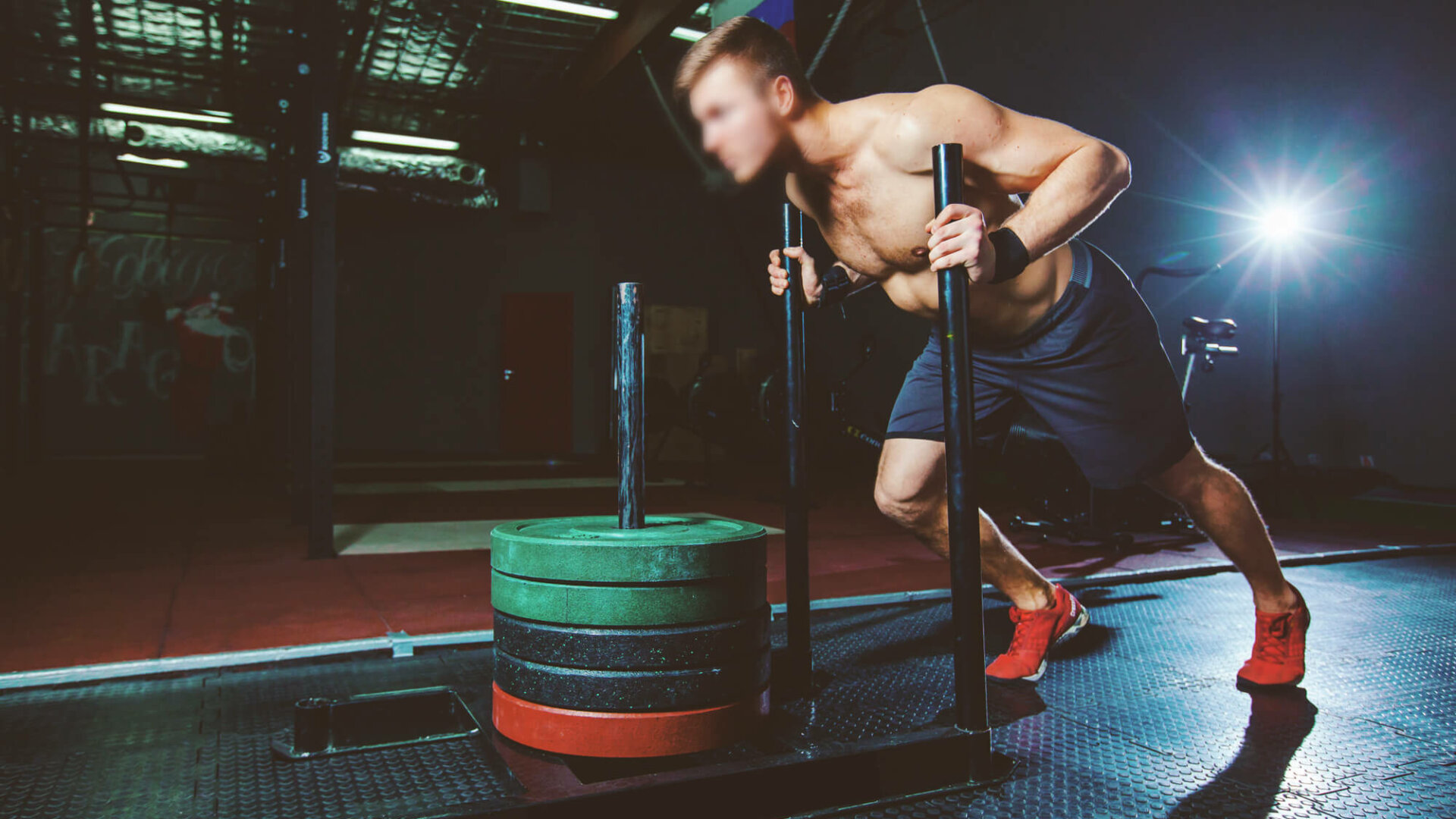Here we are again talking about everyone’s favorite training modality, cardiovascular exercise. Surely we can’t say enough about how much everyone enjoys cardio, right? Okay, I know most people don’t really like doing cardio, especially in the lifting community. Bodybuilders begrudgingly engage in cardio in order to speed up the fat loss progress. Powerlifters avoid it at all costs unless they need to make weight for a meet. Perhaps the only people who love both lifting and cardio would be the CrossFit community, but they’re already a wacky bunch as it is, right?
Despite the general disdain for cardiovascular exercise, there are some great benefits no matter what goals you have. I have written about the benefit of cardio in the past, so I won’t touch on the “why” behind engaging in cardio regularly. However, since we already outlined the reasons why you should be doing cardio, it would be prudent to let you know which types are best for you. The usefulness of each style is going to vary depending on the goals and preferences of each individual. Additionally, each style of cardio presents its own set of pros and cons. If you are looking to add some cardio to your routine, you’ll want to become familiar with these pros and cons. That way, you can make an informed decision to add some cardio that will help you rather than hurt you.
High Intensity Interval Training (HIIT)
Many people know about HIIT given its popularity among fitness enthusiasts. This style of cardio features short bursts of all-out effort (10-30 seconds) followed by several minutes of recovery. Your body has to spend a considerable amount of energy recovering between those all-out efforts. Essentially, you are producing so much effort in that short burst of exercise that you burn a ton of calories despite the long rest periods. Many people enjoy this form of cardio due to its similarity to resistance training, along with its shorter time commitment. This makes it a popular pick among bodybuilders and powerlifters.

Here are some of the pros:
- Increased Fat Oxidation [2]
- Increased Metabolism/Caloric Burn for remainder of day (EPOC) [3]
- Smaller Time Investment (10-20 minutes)
- More “Exciting” Form of Cardio
Here are some of the cons:
- Highly Taxing on the Nervous System
- May Inhibit Recovery (especially during fat loss phase or contest prep)
- Too Hard for Less Experienced Exercisers
- Higher Risk for Injury for Certain Modalities (sprinting in particular)
Steady State Cardio
This particular style is probably the main reason that so many people have such a negative view around cardio. As evidenced by the name, steady state cardio requires you to sustain a constant pace/effort over a given period of time. Running at 70% effort for a total of 45 minutes would be a good example. The goal here is to not take any breaks throughout those 45 minutes such that you are constantly exercising at the same effort. This creates a robust effect on caloric expenditure as well as cardiovascular health. Steady state can be a great resource when applied correctly. However, other forms of cardio may be more enjoyable while providing similar benefits.

Here are some of the pros:
- Robust Cardiovascular Benefits [7]
- Improved Mitochondrial Health [6]
- Less Physically Taxing on the Body
- More User Friendly for the Beginner
Here are some of the cons:
- Can be Boring and Mentally Challenging
- Greater Potential for Interference with Hypertrophy and Strength Adaptations [8]
- More Time Consuming
- May Lead to Quicker Metabolic Adaptation
Aerobic Interval Training
This style of cardio represents a sort of middle ground between HIIT and Steady State. The goal here is to produce repeatable efforts during the interval while providing enough rest between reps to accommodate those efforts. The intervals last much longer for this style of training compared to HIIT (30s – 5 minutes vs. 10-30s). Additionally, the rest periods are normally equal in magnitude to the length of the interval. For example, one minute intervals would be followed by one minute of rest. This limits the amount of intensity you can produce and keeps the interval more aerobic in nature. However, the intensity of these intervals are usually higher than that seen in true steady state efforts. This style represents a slightly better choice for strength focused athletes compared to Steady State or even HIIT, while still providing similar benefits.
Here are some of the pros:
- Robust Cardiovascular Benefits [5]
- Improved Mitochondrial and Skeletal Muscle Biogenesis [4]
- Easier on the Body Compared to HIIT
- More Psychologically Palatable Compared to Steady State
- Here are some of the cons:
- Can Be Time Consuming (depending on the duration of interval chosen)
- Less Stimulating than HIIT
High Intensity Continuous Training (HICT)
Not many people are familiar with High Intensity Continuous Training, although it may be one of the best cardio styles for strength athletes. HICT has been popularized by Joel Jamieson, a world famous Mixed Martial Arts Trainer. That particular population of athletes relies heavily on both aerobic capacity and power production. Strength athletes can also benefit greatly as they too need a robust aerobic capacity for proper recovery. Additionally, strength athletes need to have enough energy for those marathon training sessions.
HICT features the use of high effort movements performed at a sustainable pace for longer periods of time. Tire Drags, Prowler Pushes, rucking/hiking or even cluster reps of pushups or squats are a good example. The goal here isn’t to sprint during the effort. Rather, it is to perform these higher effort movements at a sustainable cadence for 10-30 minutes in order to train both the alactic and aerobic systems simultaneously.
Here are some of the pros:
- Improved Alactic Capacity (ATP-PC system/Power Production)
- Improved Aerobic Capacity
- Improved Mitochondrial/Cardiovascular Health
- Decreased Stress Response to High Power Efforts
Here are some of the cons:
- Mentally Tough to Sustain Effort Over Time
- Can Take Away from Recovery (depending on the modality chosen)
Lactate Training
This is the kind of training that a lot of people engage in on accident in an attempt to perform a steady state or HIIT style of cardio. Classically, Lactate Training involves shorter bouts of cardio performed at an intensity just beyond your ability to sustain for long aerobic efforts. This can be done in a single continuous effort that lasts 20-30 minutes as in a 5K or 10K run, or a 5K row. However, it can also be performed in shorter 5-10 minute bouts with a couple minutes of rest in between.
The point is to push the limits of your lactic endurance, which means that rest periods are kept low in order to prevent complete aerobic recovery. Interestingly, strength training seems to be a form of lactate training as studies have shown increases in Lactate Threshold (a measure of lactic endurance) as a result of a strength training program [1]. However, this type of training is mostly useful for those who compete in CrossFit or those who compete in endurance events.
Here are some of the pros:
- Improved Endurance Performance
- Improved Aerobic Capacity
- High Caloric Expenditure
- Decreased Perception of Fatigue/Pain
Here are some of the cons:
- Greater interference with Hypertrophy Pathway
- Taxing on the Nervous System (especially when paired with resistance training)
- Can “dampen” True Fitness Levels (inability to express true strength/power due to fatigue)
- May Inhibit Recovery (especially during fat loss phase or contest prep)
Conclusion
Although it may not be everyone’s favorite type of workout, cardio is still pretty common in most fitness routines. You may be looking to capitalize on the health benefits of cardiovascular exercise, or perhaps you’re simply increasing your caloric expenditure to lose weight. Either way, choosing the right style of cardio is important for reaching your goals and preventing undue harm.
Each style has its pros and cons and so choosing the right one really comes down to what you are trying to accomplish in your program. If your goal is maximize fat loss and spend as little time as possible doing cardio, then HIIT may be your best bet, but if recovery and injury are of great concern, something lower impact like Aerobic Interval Training would be more appropriate. Strength athletes would do well to include a bit of Aerobic Interval Training or HICT in their programs given their unique benefits. Ultimately though, it is about finding which style suits your personality and allows you to stay consistent. Consider trying each style for yourself and then making a well informed decision!
References
- Marcinik EJ, Potts J, Schlabach G, Will S, Dawson P, Hurley BF. Effects of strength training on lactate threshold and endurance performance. Medicine and science in sports and exercise. 1991 Jun;23(6):739-43.
- Shiraev T, Barclay G. Evidence based exercise: Clinical benefits of high intensity interval training. Australian family physician. 2012 Dec 1;41(12):960.
- Skelly LE, Andrews PC, Gillen JB, et al. High-intensity interval exercise induces 24-h energy expenditure similar to traditional endurance exercise despite reduced time commitment. Applied Physiology, Nutrition, and Metabolism. 2014 Feb 6;39(7):845-8.
- Tjønna AE, Lee SJ, Rognmo Ø, Stølen TO, Bye A, Haram PM, Loennechen JP, Al-Share QY, Skogvoll E, Slørdahl SA, Kemi OJ. Aerobic interval training versus continuous moderate exercise as a treatment for the metabolic syndrome: a pilot study. Circulation. 2008 Jul 22;118(4):346-54.
- Tjønna AE, Stølen TO, Bye A, Volden M, Slørdahl SA, Ødegård R, Skogvoll E, Wisløff U. Aerobic interval training reduces cardiovascular risk factors more than a multitreatment approach in overweight adolescents. Clinical science. 2009 Feb 1;116(4):317-26.
- Wackerhage, H. (2006). Adaptation to endurance training. Genetics and Molecular Biology of Muscle Adaptation. London: Churchill Livingstone Elsevier, 165-196.
- Whelton SP, Chin A, Xin X, He J. Effect of aerobic exercise on blood pressure: a meta-analysis of randomized, controlled trials. Annals of internal medicine. 2002 Apr 2;136(7):493-503.
- Wilson JM, Marin PJ, Rhea MR, Wilson SM, Loenneke JP, Anderson JC. Concurrent training: a meta-analysis examining interference of aerobic and resistance exercises. The Journal of Strength & Conditioning Research. 2012 Aug 1;26(8):2293-307.




